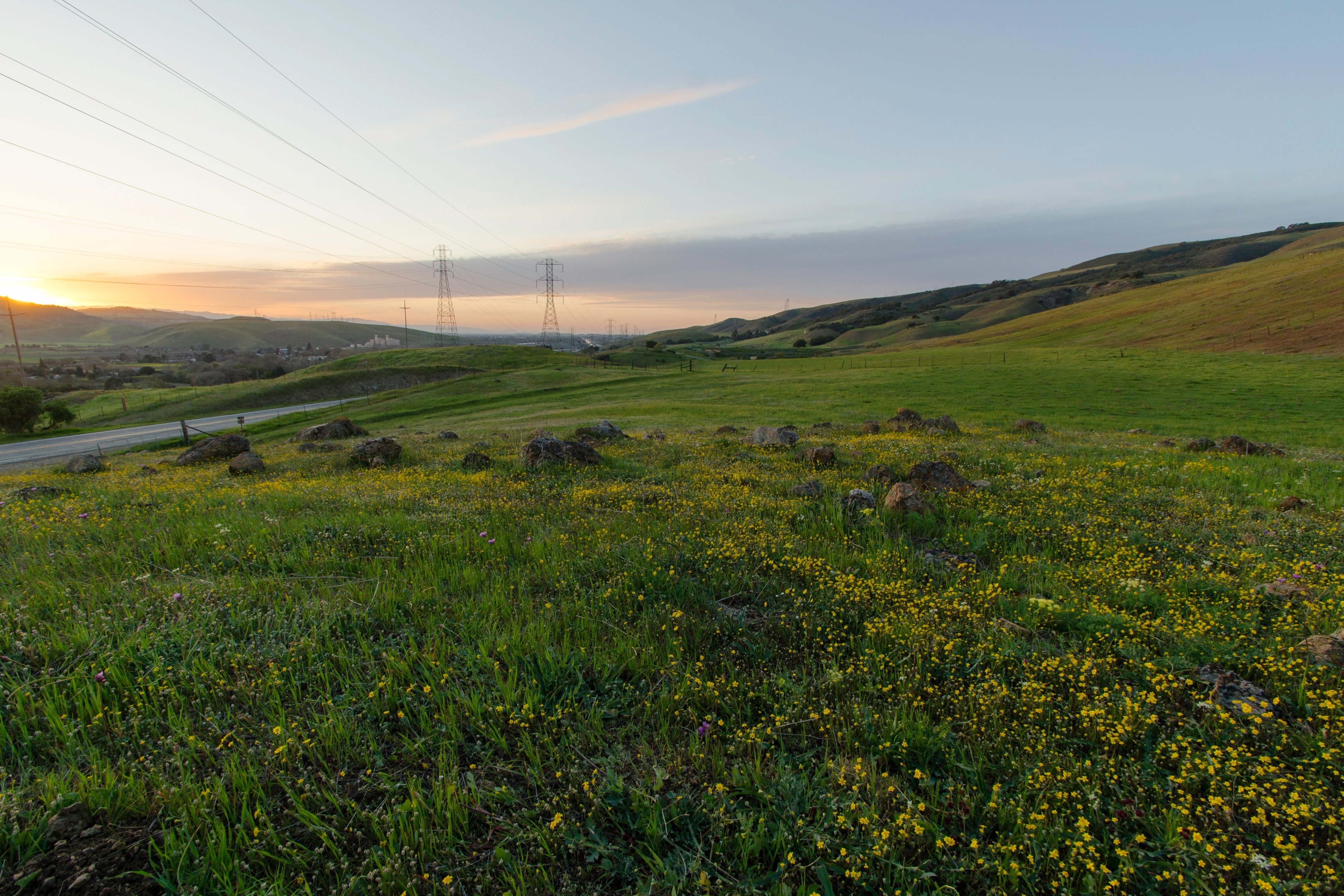Greening Urban Spaces to Improve Habitat & Build Climate Resilience
Our urban landscape is a challenging place for native plants and wildlife to thrive. The sea of asphalt and pavement on our streets and sidewalks, as well as concrete, glass, and steel structures disrupt the movement of animals and provide barriers to the growth and dispersal of native plants, critical for urban biodiversity. Urban infrastructure has replaced vital “green” infrastructure that can help offset the loss of wildlife habitat.
Community Connections - Clayton Koopmann
Community Connections highlights the many leaders, partners, and neighbors who make a difference in our community. This month we are featuring Clayton Koopmann, cattle rancher and rangeland ecologist/rangeland management specialist
Coyote Valley: Nature as Infrastructure
Just as we invest in traditional urban infrastructure, like transportation and waste and water treatment, strategic investments in natural infrastructure can also provide many valuable benefits to our urban communities. Nature as Infrastructure refers to recognizing and protecting the natural ecological processes which provide us with a multitude of important “services” that include flood protection, reducing greenhouse gases, food supply, increasing resilience to climate change, and promoting the health and safety of both human and natural communities.
Nature as Infrastructure
Just as we invest in traditional urban infrastructure, like transportation and waste and water treatment, strategic investments in nature or green infrastructure can also provide many valuable benefits to our urban communities. These benefits include flood protection, reducing greenhouse gases, increasing access to food, and resilience to climate change for both human and natural communities.
Progress, Partnerships, and the Path Forward: 25 Years of Protecting Open Spaces
Last month, the Open Space Authority celebrated the agency’s 25th Anniversary Year with local elected officials and close community partners. General Manager Andrea Mackenzie shared her thoughts on a quarter of a century spent protecting open space in the Santa Clara Valley and what lies ahead.
Coyote Valley: Santa Clara Valley's Green Infrastructure
Just as we invest in traditional urban infrastructure, like transportation and waste and water treatment, strategic investments in nature or green infrastructure can also provide many valuable benefits to our urban communities. These benefits include flood protection, reducing greenhouse gases, increasing access to food, and resilience to climate change for both human and natural communities.
Proposition 3 – the Water Supply and Water Quality Act of 2018
In July 2018, the Open Space Authority’s Board of Directors voted to endorse Proposition 3. Proposition 3 would authorize $8.8 billion in general obligation bonds for state and local parks, environmental protection and restoration projects, water infrastructure projects, and flood protection projects. The Water Supply and Water Quality Act of 2018 will appear on the November 2018 statewide ballot.
The Power of Partnerships
At the Open Space Authority, our love and understanding of the Santa Clara Valley – with its sweeping views, oak woodlands, grasslands, rare species, bubbling creeks, and working farms – is what inspires us to ensure that future generations will have open space to love.
Prop 68 - The California Parks, Environment, and Water Bond
Proposition 68 would authorize $4 billion in general obligation bonds for state and local parks, environmental protection and restoration projects, water infrastructure projects, and flood protection projects. The California Clean Water & Parks Act (SB5) will appear on the June statewide ballot.
Categories
Recent Posts
- Celebrating Healthy Soils Week
- Coyote Valley Photo Contest: Meet the People's Choice Winner!
- The Negative Impacts of Illegal Dumping
- A Silent Spring?
- Staff Spotlight: Matt Freeman
- Another Win for Agriculture in Santa Clara County
- Message from the General Manager
- Wildlife Grammy Awards
- Honoring Dr. King's Environmental Legacy
- Wildlife Thesaurus: Top 10 Native Animals with Nicknames
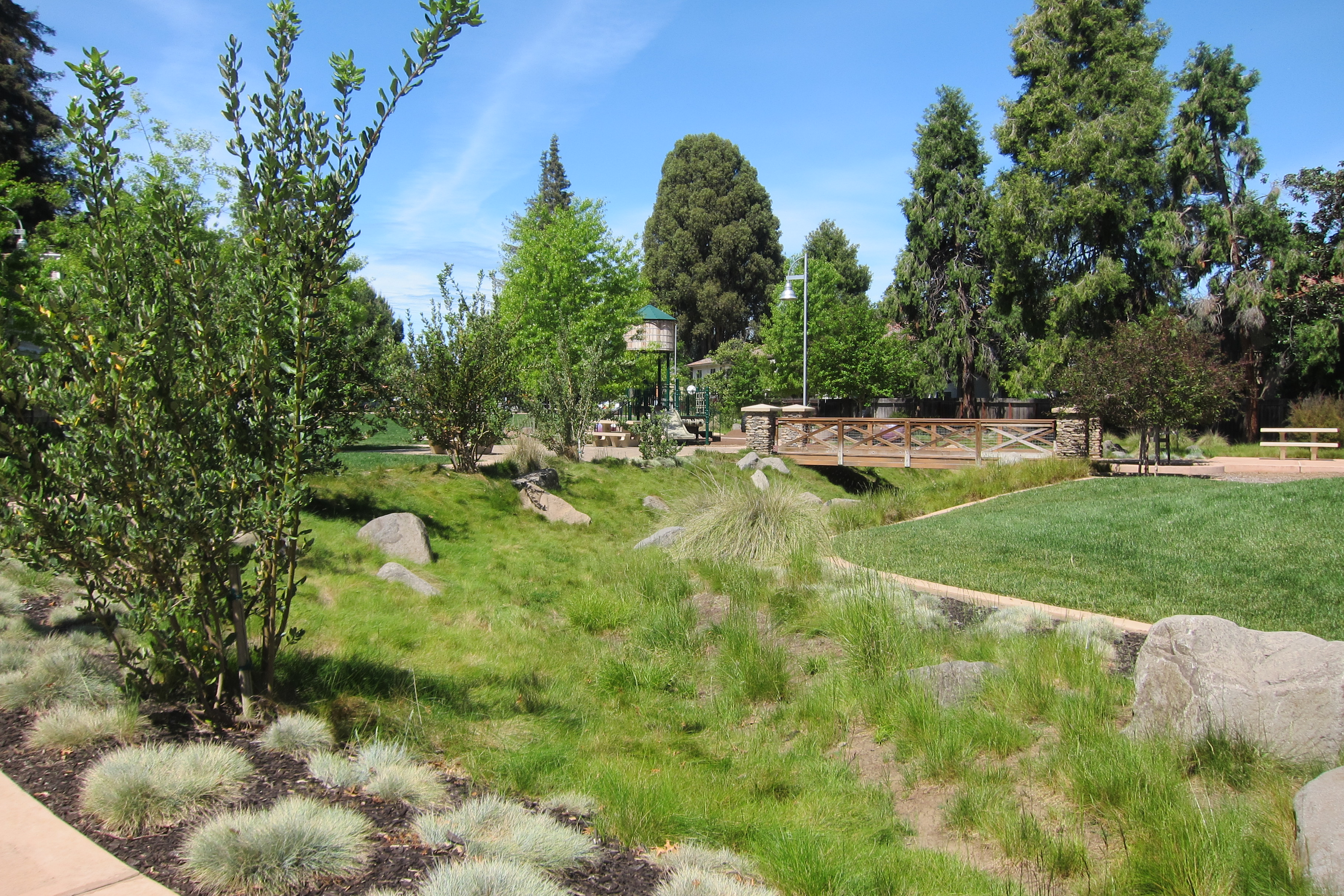
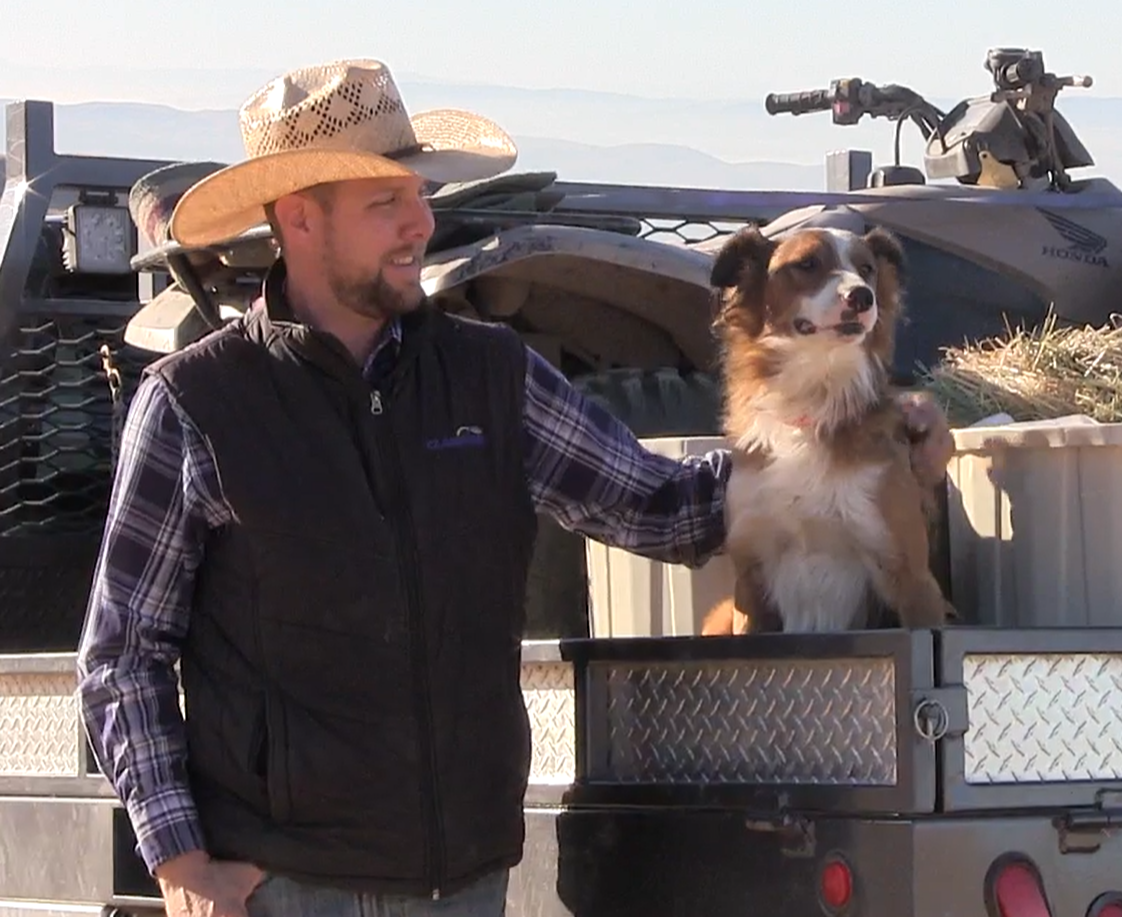
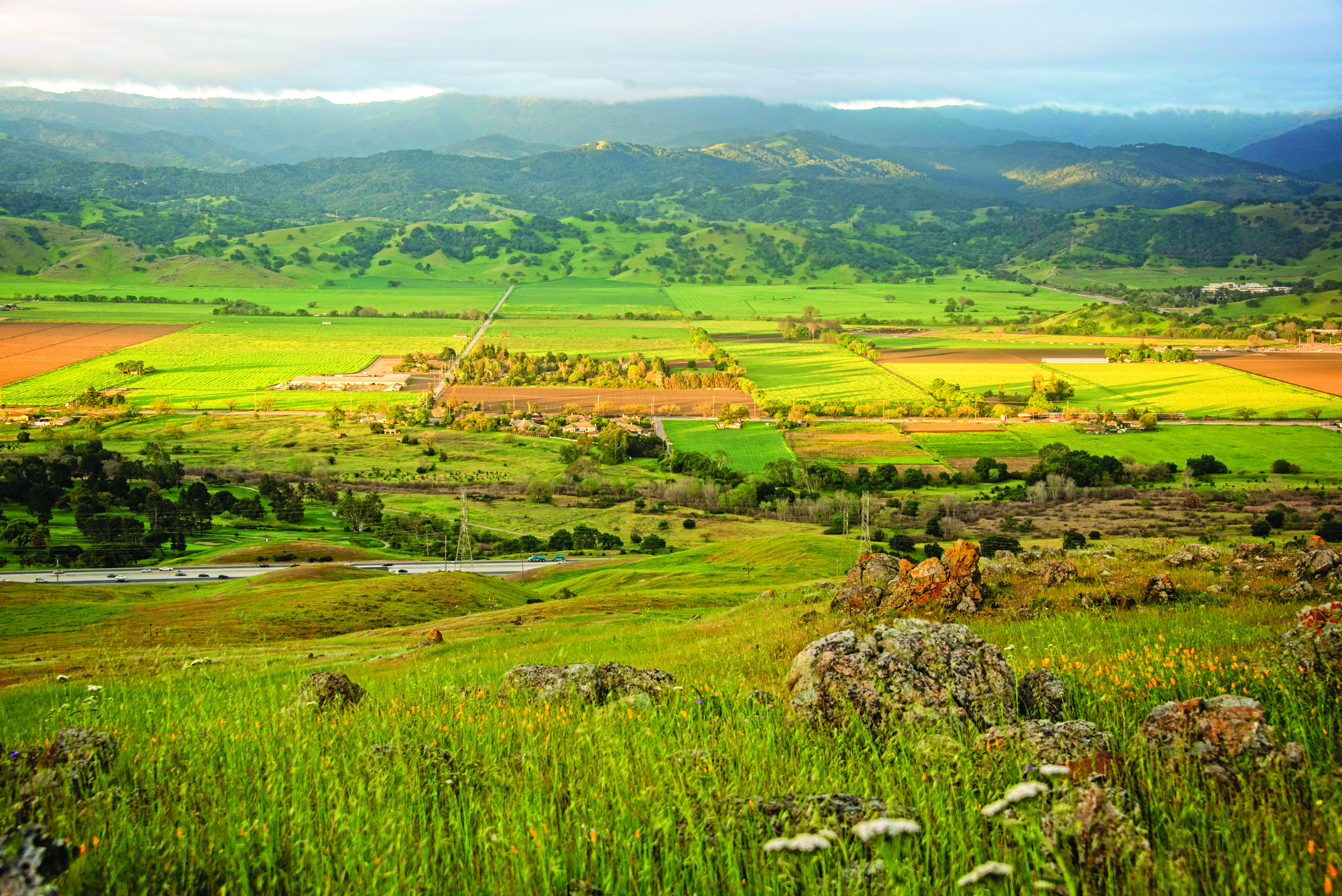
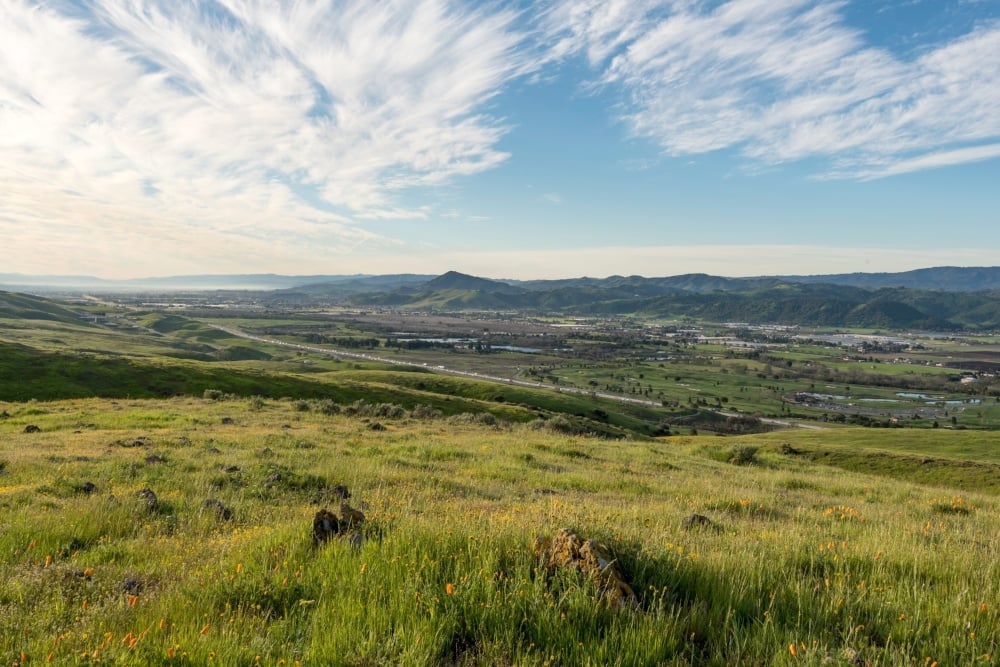


.jpg)
.jpg)
